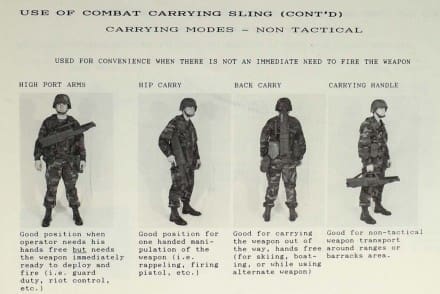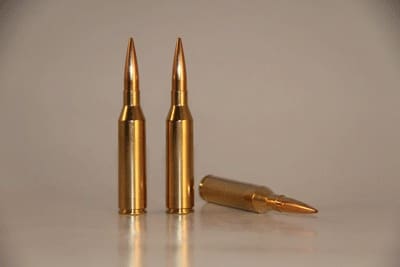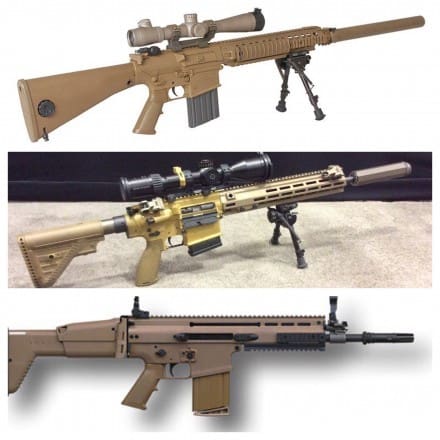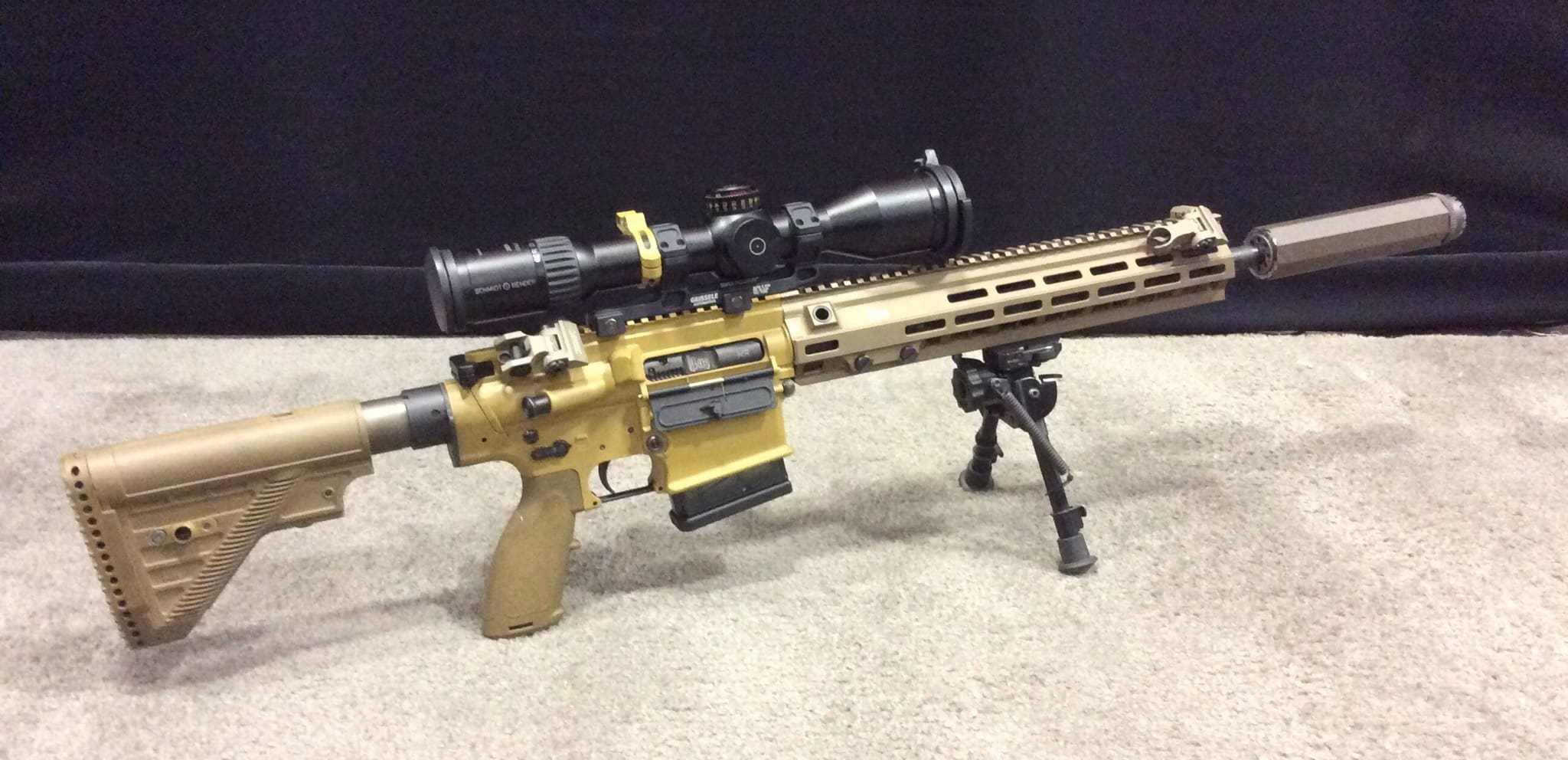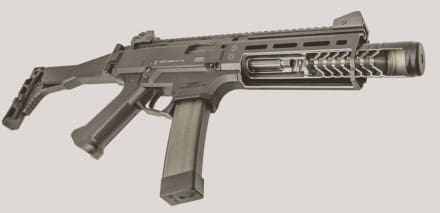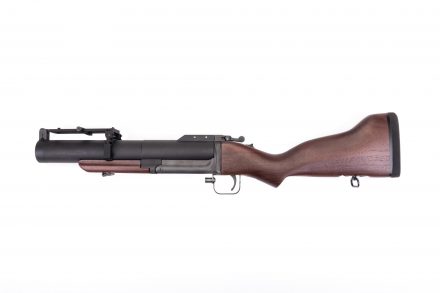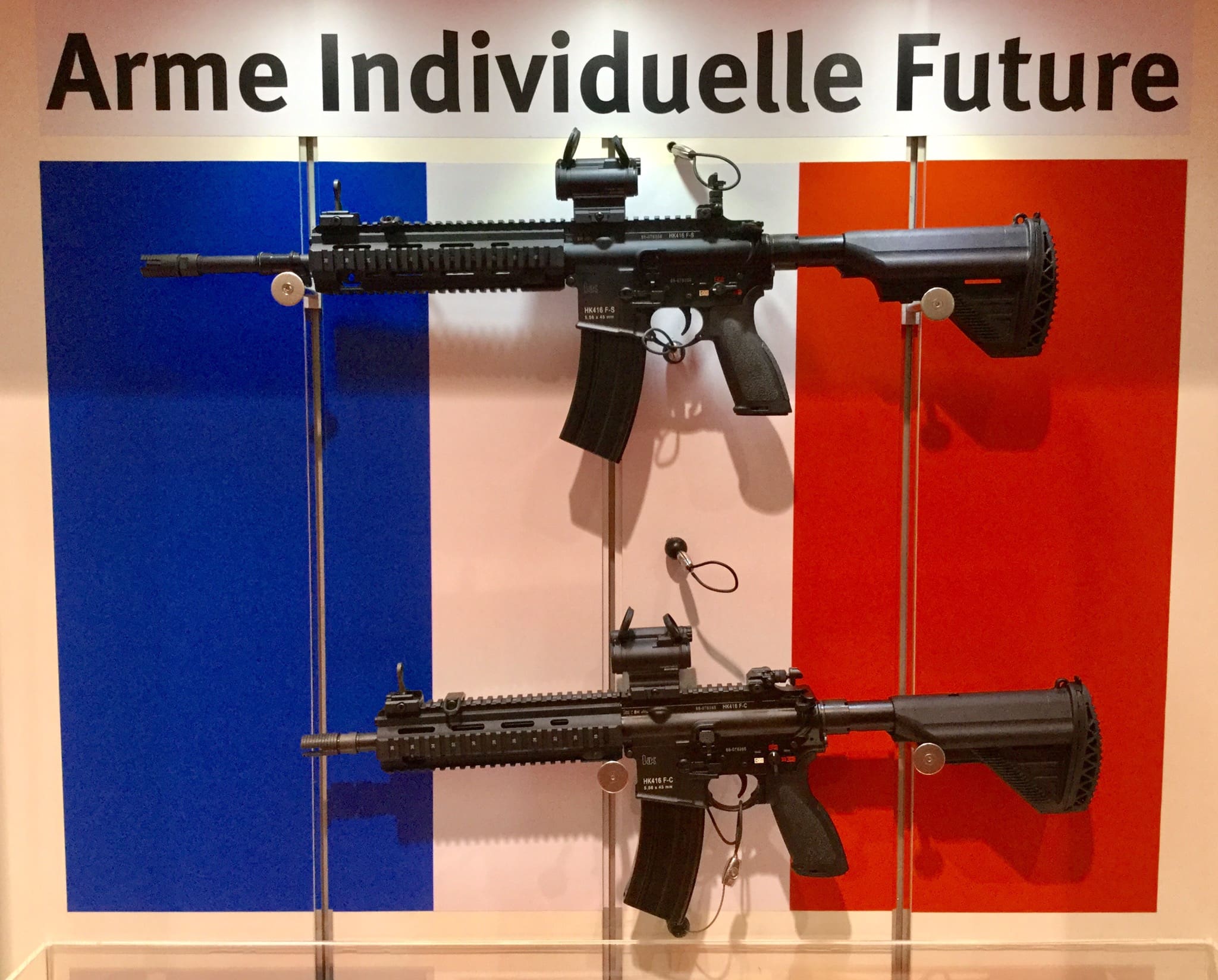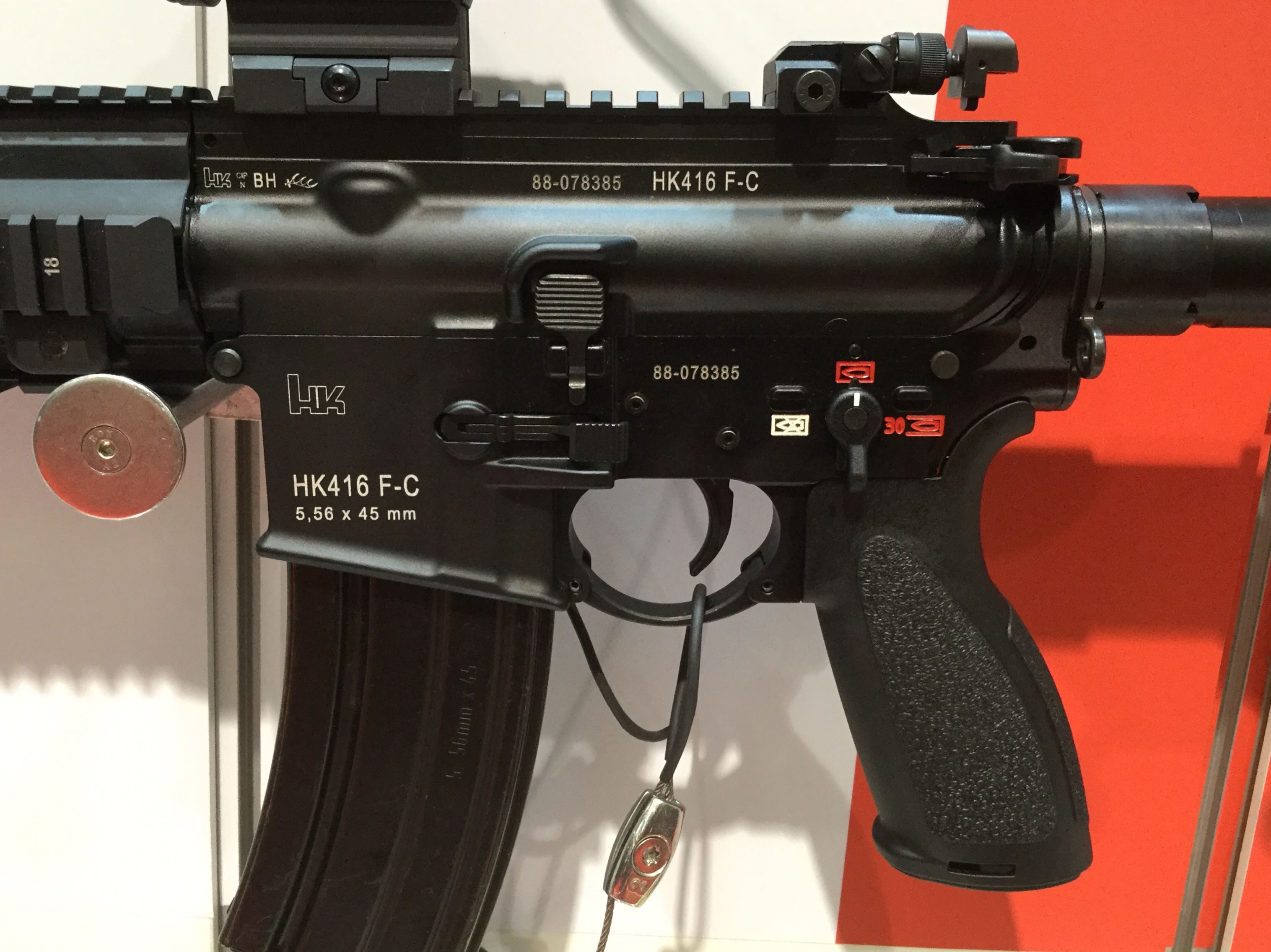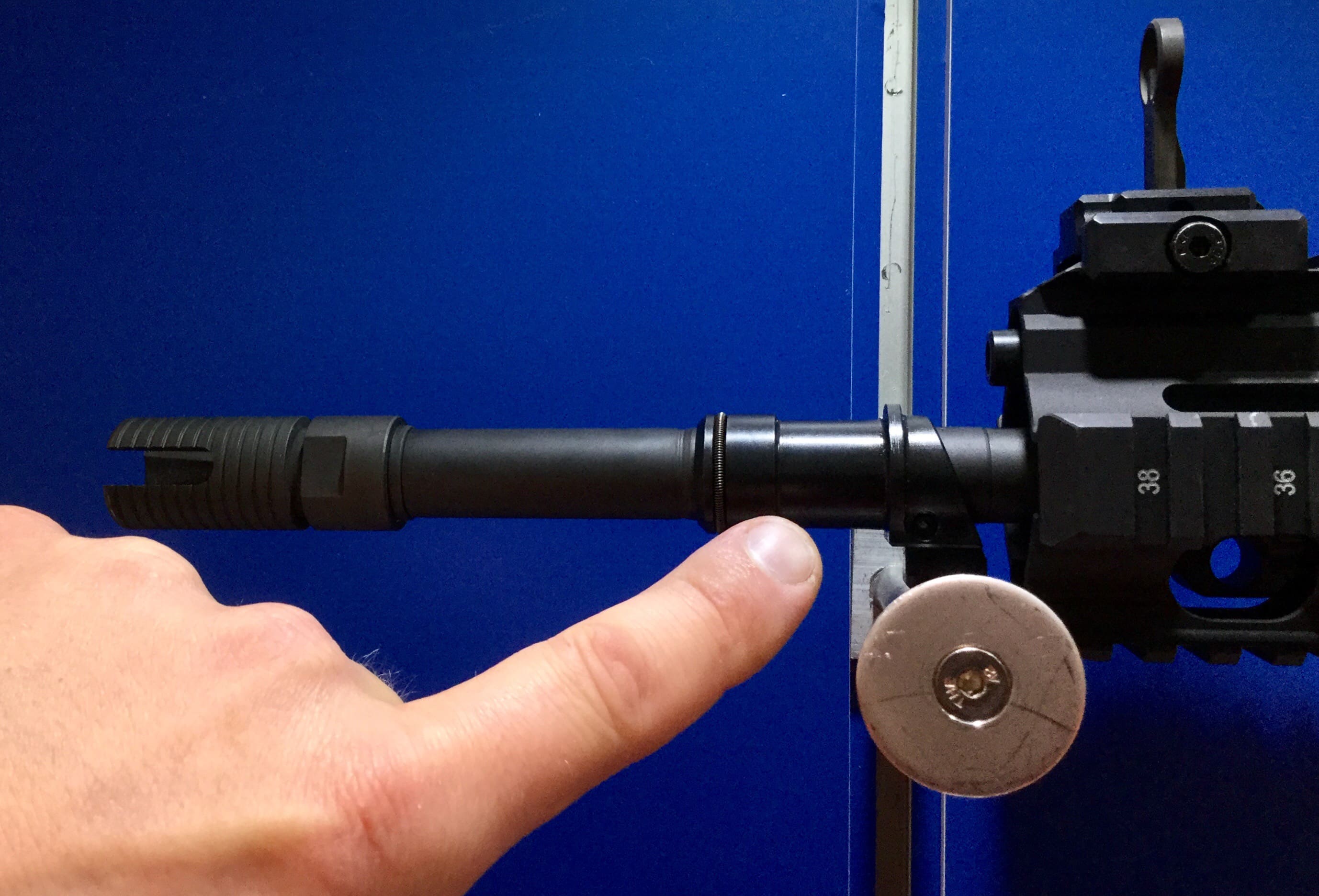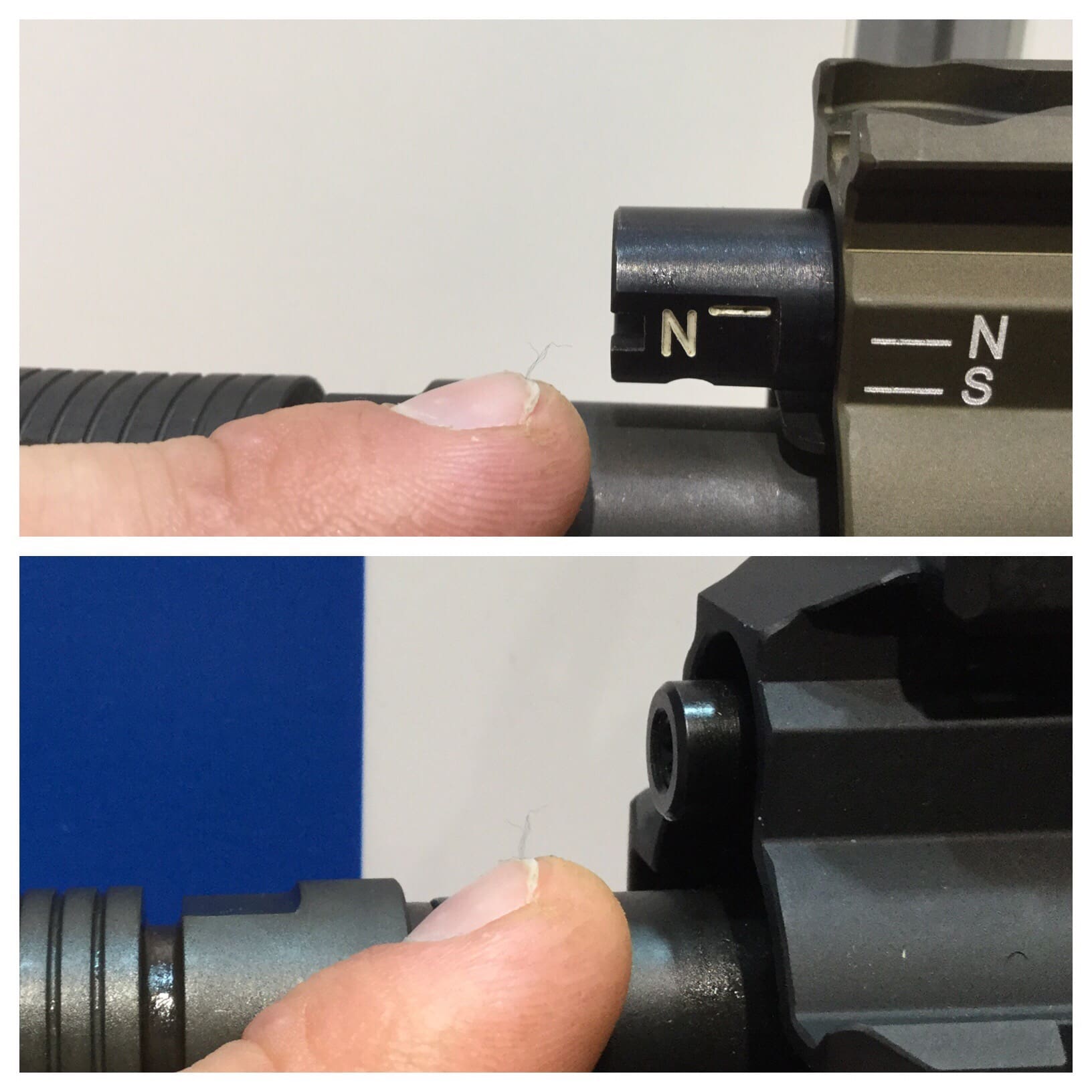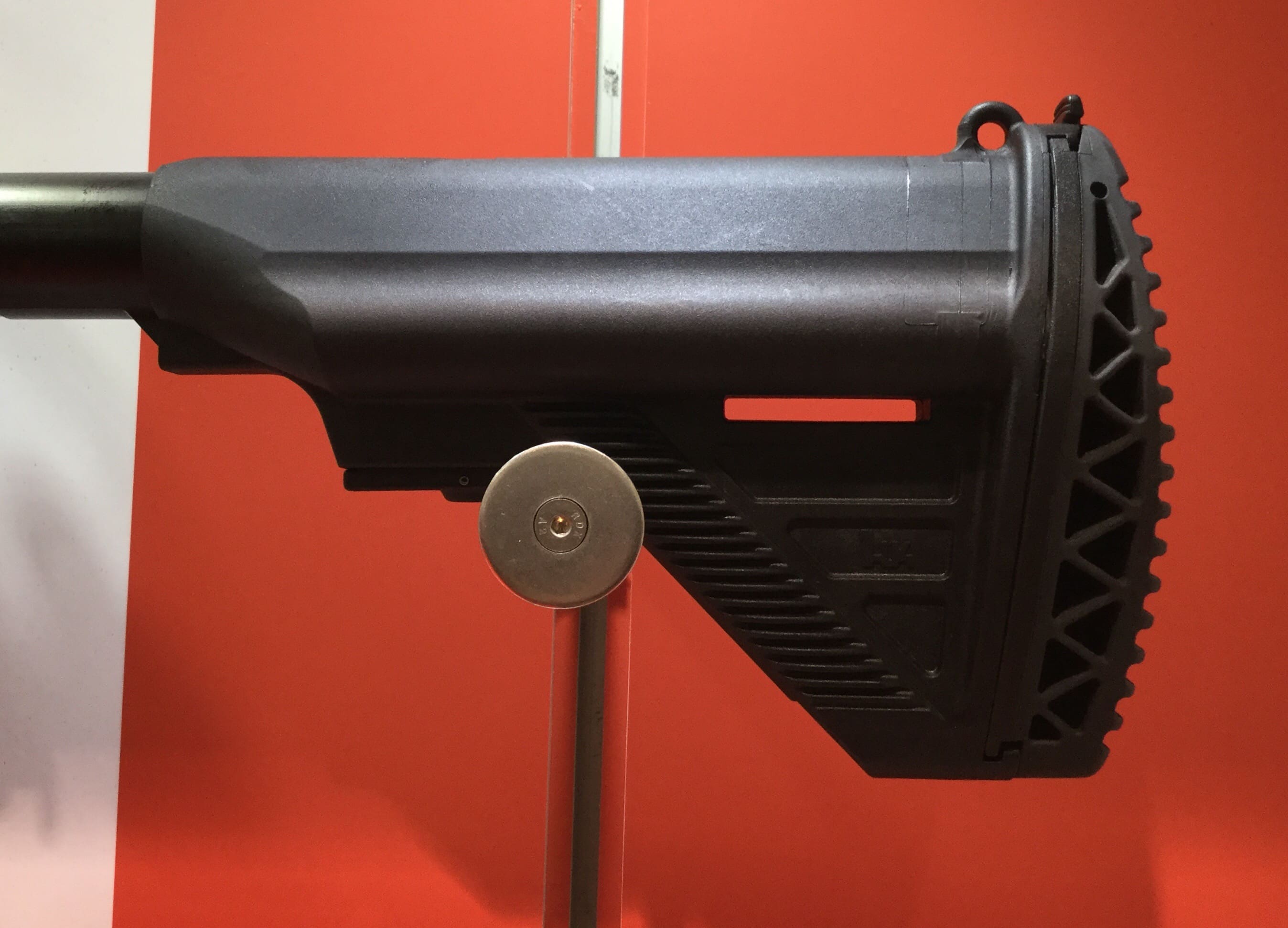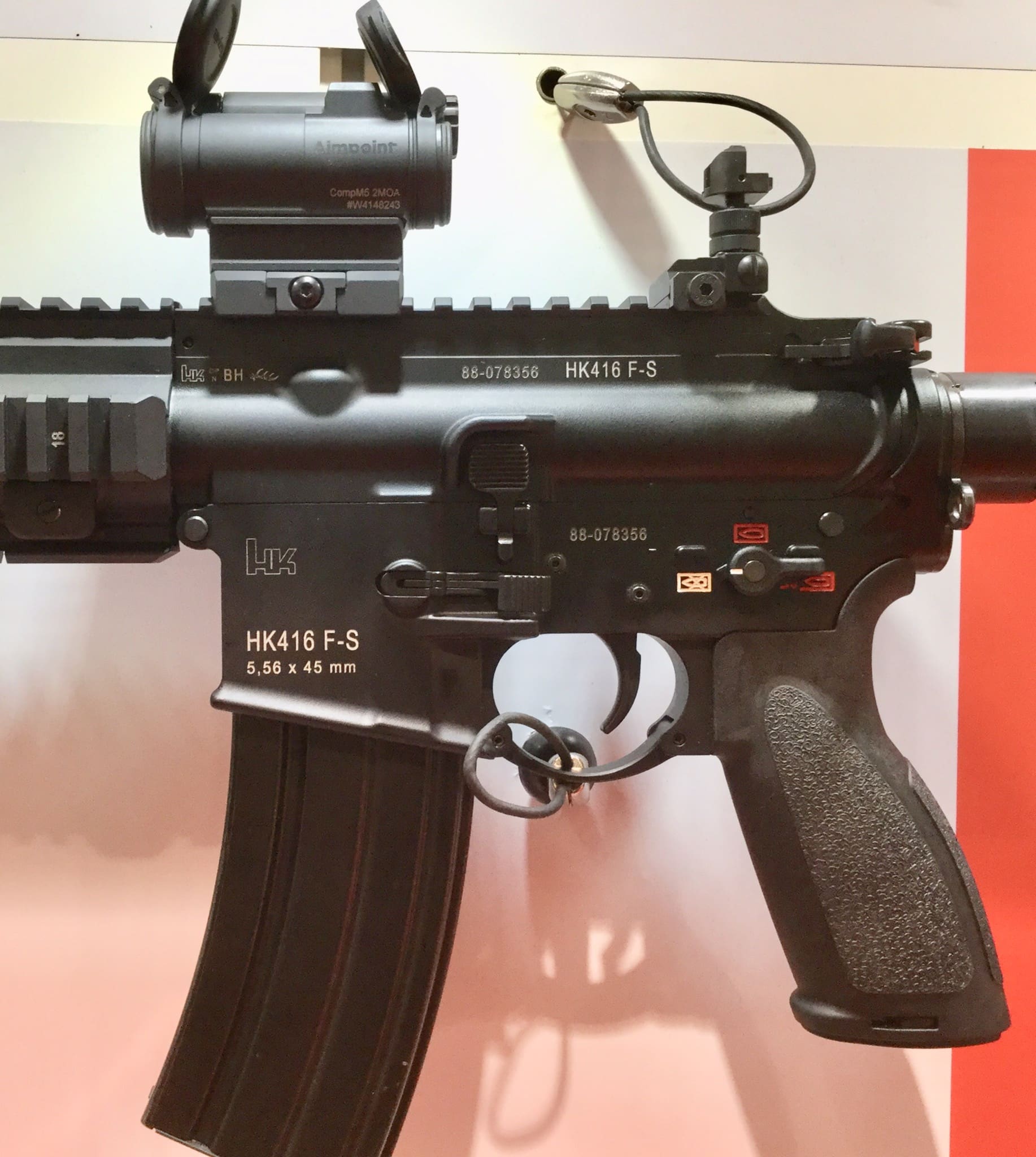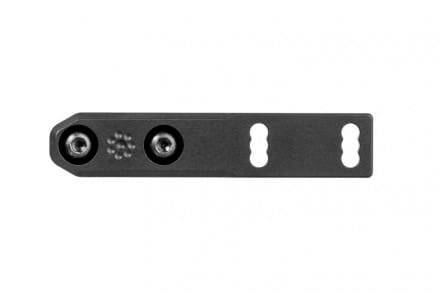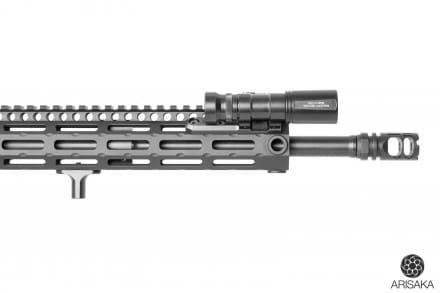MARINE CORPS BASE QUANTICO, Va. — The Corps is upgrading the turret system on one of its longest-serving fighting vehicles–the Light Armored Vehicle-Anti-Tank.
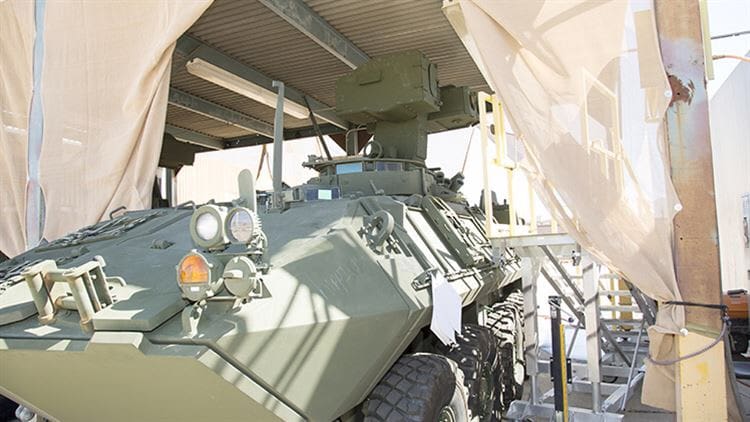
A Light Armored Vehicle Anti-Tank Modernization A2 model sits under an awning aboard Marine Corps Logistics Base Barstow, Calif., June 15. Marine Corps Systems Command’s LAV-Anti-Tank Modernization program team completed its first fielding of four upgraded ATWS in September. (U.S. Marine Corps Photo by Keith Hayes)
In September, Marine Corps Systems Command’s LAV-AT Modernization program team achieved initial operational capability by completing its first fielding of four upgraded Anti-Tank Weapon Systems to 1st Light Armored Reconnaissance Battalion Marines at Camp Pendleton, California.
The ATWS fires tube-launched, optically-tracked, wire-guided, or TOW, missiles. It provides long-range, stand-off anti-armor fire support to maneuvering Light Armored Reconnaissance Companies and platoons, and observation capability in all climates and during periods of limited visibility.
The LAV-ATM program was established in 2012 to enhance the reliability, availability and maintainability of the vehicle’s turret system.
The team’s goal was to get a new turret system on the LAV-AT platform that was easy to maintain, reliable and effective, said Jim Forkin, Program Manager’s Office LAV-ATM team lead.
“Compared to the legacy version, the new turret is unmanned, it fires both wire-guided and radio frequency TOW missiles, and it can acquire targets while on-the-move with an improved thermal sight,” said Forkin.
It also has a Far Target Location system, new commander/gunner video sight displays, and an electric elevation and azimuth drive system, which helps rotate the weapon system onto the target.
“The turret is important because it protects Marines and gives them an enhanced capability that they didn’t have before,” said Chief Warrant Officer 4 Michael S. Lovell, Ordinance Vehicle Maintenance officer, PM LAV team. “The new turret on the LAV-AT helps us watch over other vehicles and target enemies with increased vision.”
The LAV-ATM team provides new equipment training to units receiving the ATWS upgrade. It lasts for two weeks, and the first week is focused on operators and the second week is on maintainer training. Continued training on the system can be conducted by the units using the embedded training mode.

A Marine tests the enhanced vision capability–part of an upgrade to the Light Armored Vehicle’s Anti-Tank Weapon System–during new equipment training Sept. 18-29, at Camp Pendleton, Calif. Marine Corps Systems Command completed its first fielding of four upgraded ATWS in September. (Courtesy photo)
Thanks to advances in technology, Marines can initiate a built-in test to conduct a system check of the components that make up the ATWS to help the operator and maintainer diagnose and troubleshoot the system, a feature not previously available on the legacy turret, said Forkin.
The operator can also use an embedded training mode in the ATWS, which is software driven, to support individual and crew training by simulating the firing of the weapon system while viewing targets through the biocular display unit.
“This function is new to the LAV-ATM platform and will enhance sustainment training while in garrison or the field without wasting resources,” said Forkin. “With new technological advances, the overall design and functionality has improved.”
In addition to training in the field, anti-tank gunners and maintainers also train in a classroom setting environment with stations using existing 3D computer simulated technology leveraged by the U.S. Army to train their maintainers. This modernizes how the Corps trains its maintainers to meet the requirements to sustain the new ATWS.
By incorporating a blended training solution, all four existing Tactical Turret Trainers are upgraded with the ATWS and a 3D Diagnostic Turret Trainer, or DTT, is added. The DTT consists of two classrooms with eight student stations and one instructor station each. The Corps’ 3D DTT maintenance training system is unique to the ATWS and will be fielded in November.
“Using the 3D DTT, students will interactively conduct troubleshooting and remove and replace ATWS components in a simulated environment, which will be followed by training on actual hardware on the Tactical Turret Trainer and vehicles,” said Paul Kopjoe, Logistics Management specialist, PM LAV team at Program Manager’s Office LAV.
With a combination of an interactive 3D DTT, which allows the instructor to train multiple students at the same time, the ATWS Tactical Turret Trainer provides the student with the tactile feel of a real ATWS system. Benefits of DTT by other programs include the reduction in student attrition rates and the ability for maintenance tasks to be repeated numerous times, without risk of injury or wear and tear on equipment.
The U.S. Army Armament Research, Development and Engineering Center, or ARDEC, is the overarching Army agency used to acquire and develop the 3D DTT training products. The Gaming Interactive Technologies & Multimedia and the Automated Test Systems Directorate are the primary organizations within ARDEC that completed the majority of the work to help make this happen, Kopjoe said.
“Traditionally, training products are procured utilizing industry which can take 18-24 months just to get effort on contract,” said Kopjoe. “We were able to eliminate that time by utilizing existing Army resources, so that our Marines would be properly trained when the ATWS was fielded. This also allowed the ATM Team to meet the training needs of the USMC Ordnance School located at Fort Lee, Virginia.”
Fielding for the ATWS will be completed at the end of 2019.
“Marines who serve as anti-tank gunners will be able to do their job better,” said Lovell. “We’re providing a product that gives Marines an enhanced anti-tank capability improving their forward reconnaissance and combined arms fire power on the battlefield.”
By Kaitlin Kelly, MCSC Office of Public Affairs and Communication | Marine Corps Systems Command


